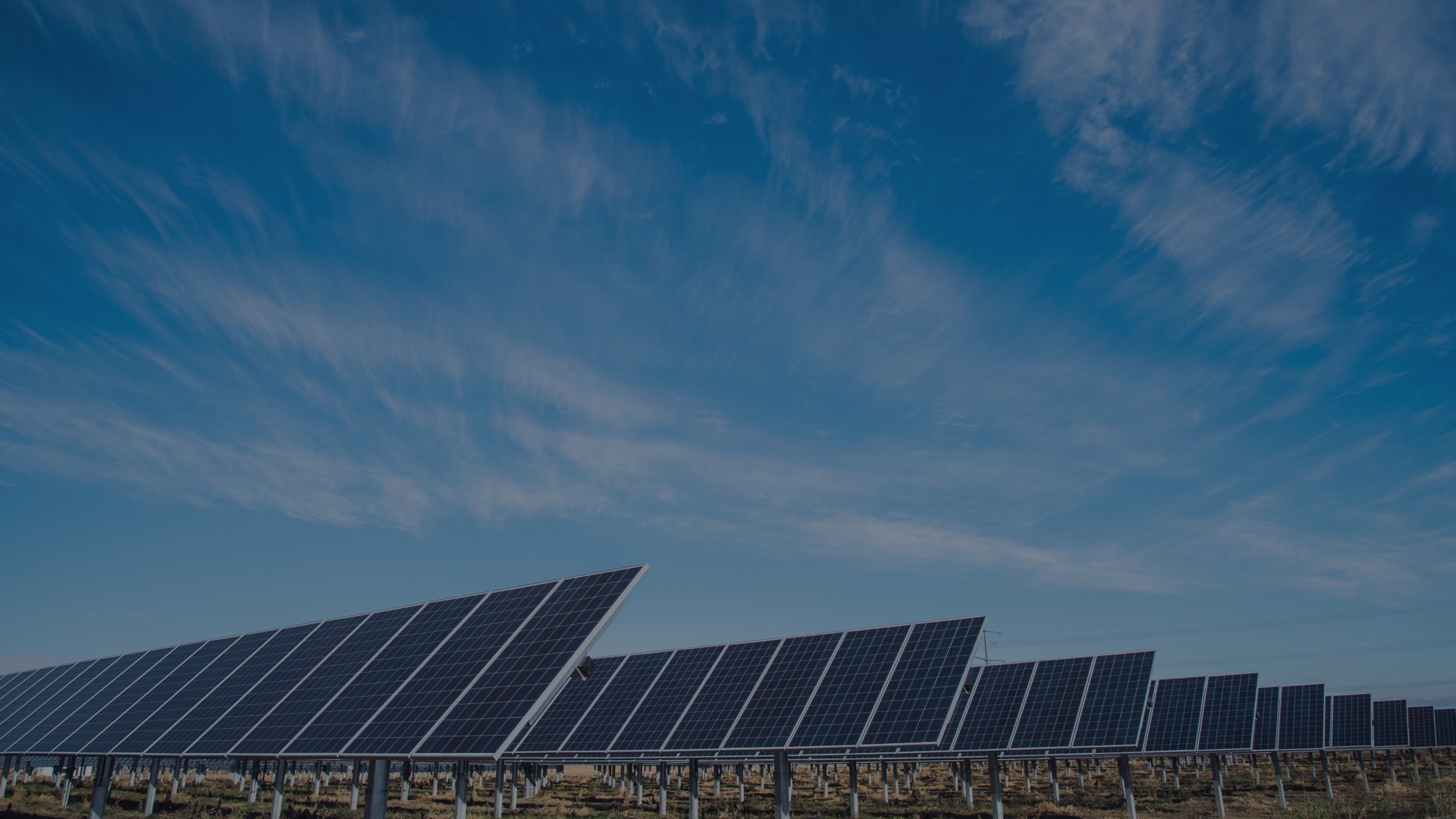Commercial landlords should be pro-active when installing energy-efficient technology, head of carbon and energy at IMServ Michelle Giles has said.
An expert at the UK's largest independent energy management providers, Ms Giles, said that the commercial property renting and investment market. She also cited a UK Commercial Market Survey which suggested that tenant demand has decreased as supplies rise.
One way in which landlords can increase how attractive their property is for potential tenants is to increase the amount of carbon reducing technology which is within the premises.
This could include the installation of solar panels, insulation, double glazing or energy-efficient boilers.
“With little chance of energy costs decreasing and an abundance of available commercial properties on the market, the energy efficiency of a commercial rental is becoming increasingly important to prospective tenants," Ms Giles said.
She recommended that commercial landlords take advantage of the Green Deal in order to install these energy-efficient systems in the property.
The Green Deal would allow commercial landlords to access financing from the government for these improvements, with loans to be repaid via savings made on energy bills.
However, she also warned that the 'Golden Rule' could hinder a landlord from accessing the fund, as all expected savings from new technology should at least match the cost of investment over the payment period and the life span of the system in question.
“This can be a big challenge particularly in all but the worse performing buildings. The other key requirement is the all-party consent. This is relatively straight-forward for domestic landlords and tenants, but for commercial properties with multiple parties and the complexities of numerous contracts, this could be a show-stopper,” Ms Giles added.
She also suggested that businesses should be pro-active about installing this technology, not only to attract potential tenants, but to account for future requests for energy-efficient systems – which if installed after occupancy, could disrupt the activities of the tenants.
